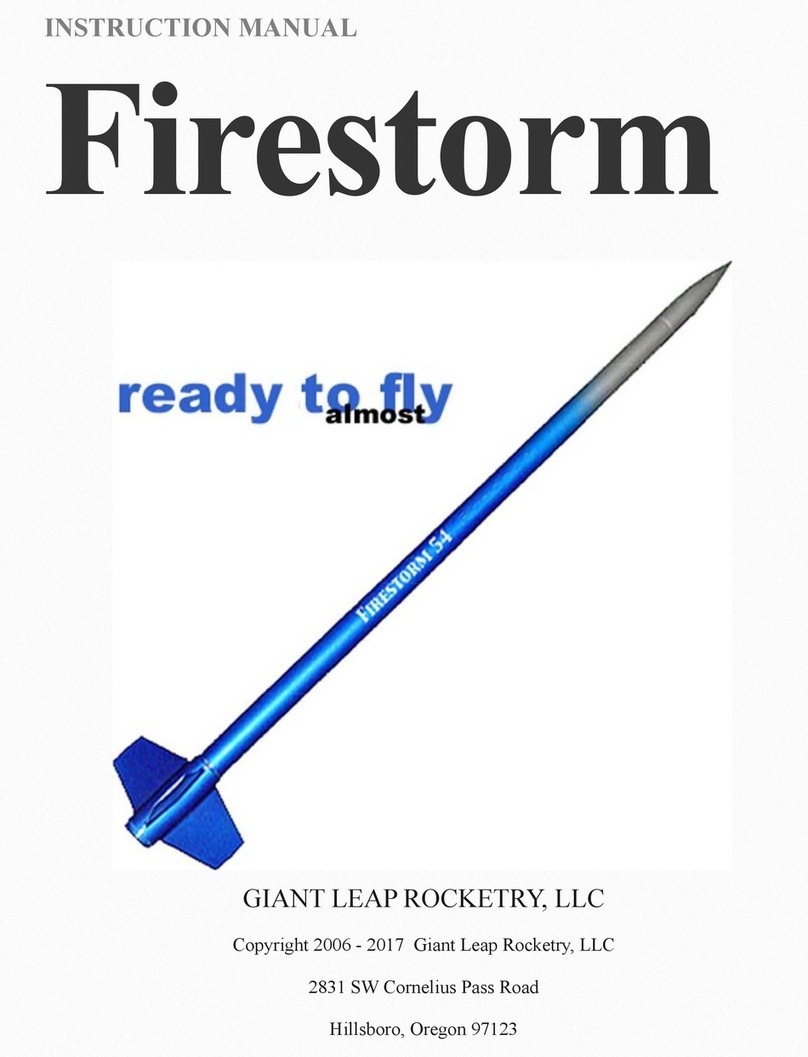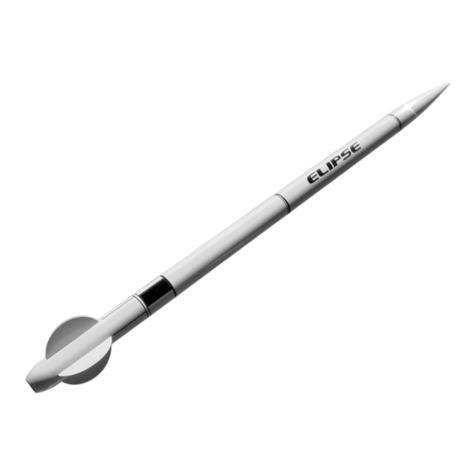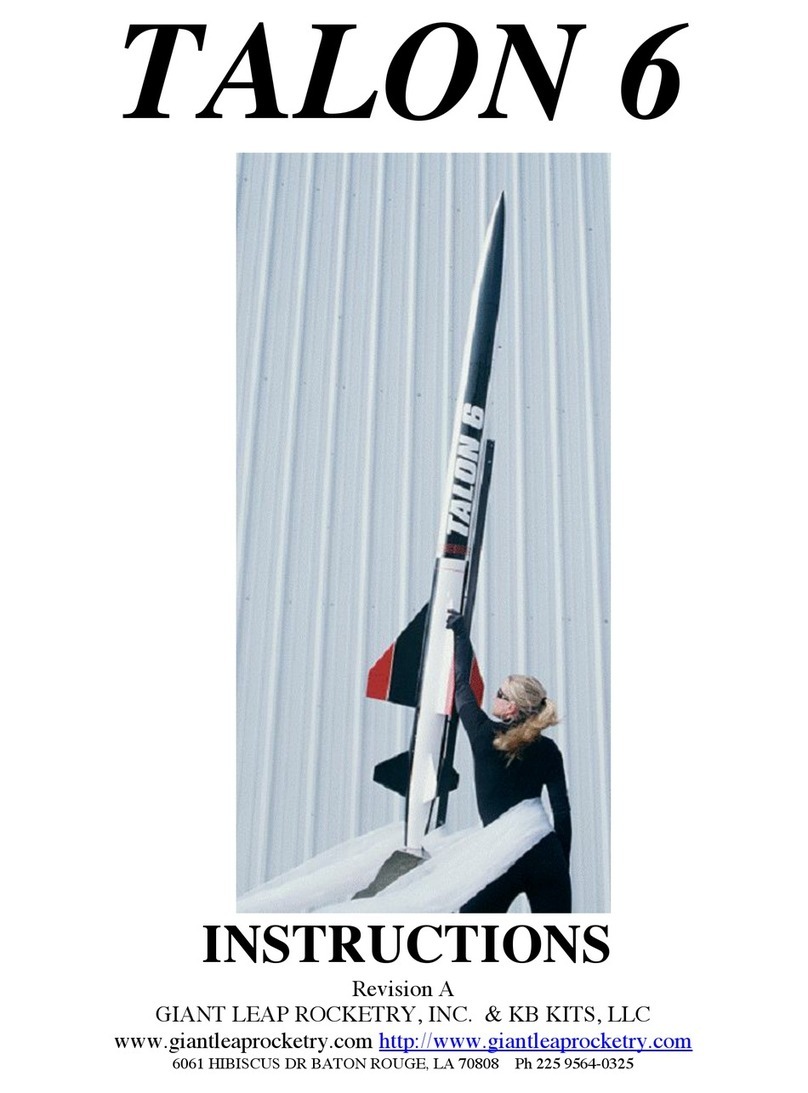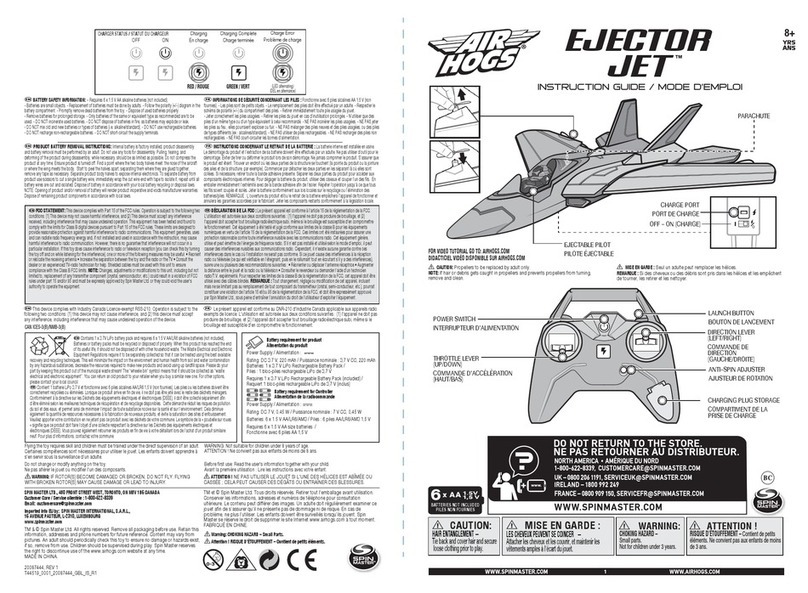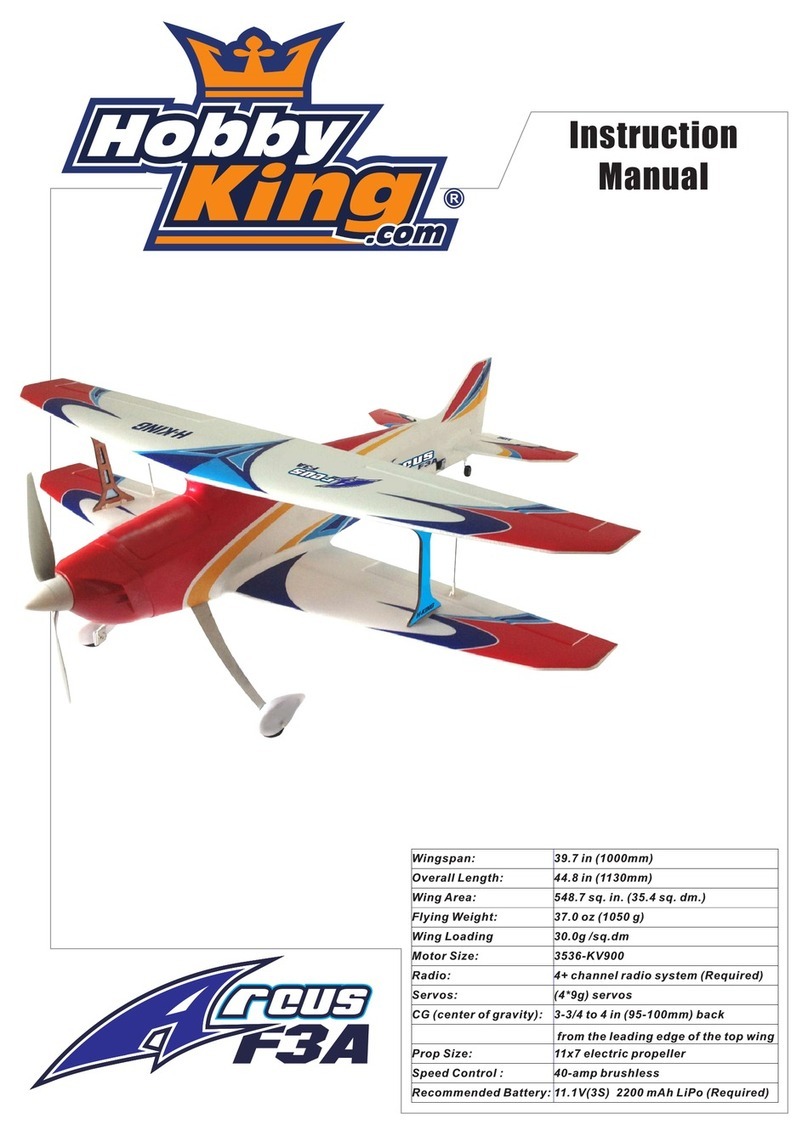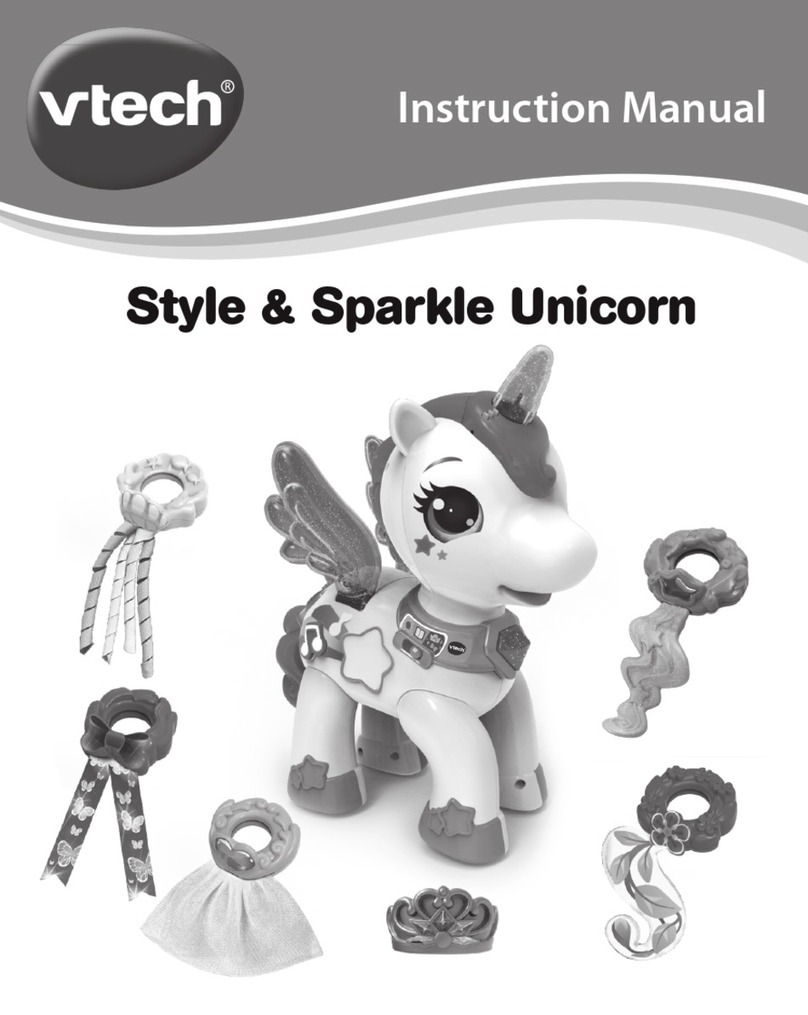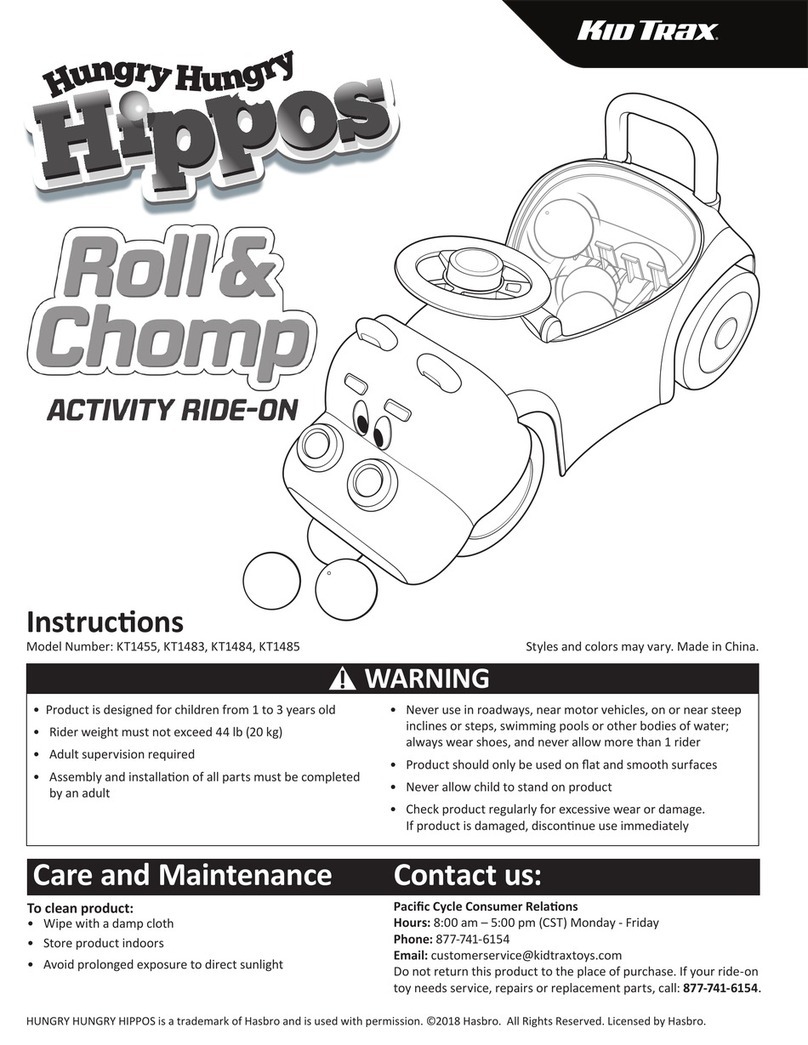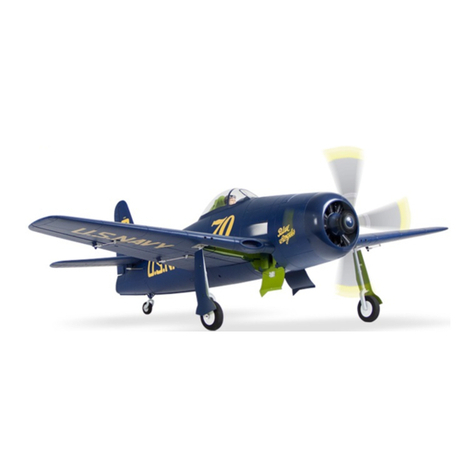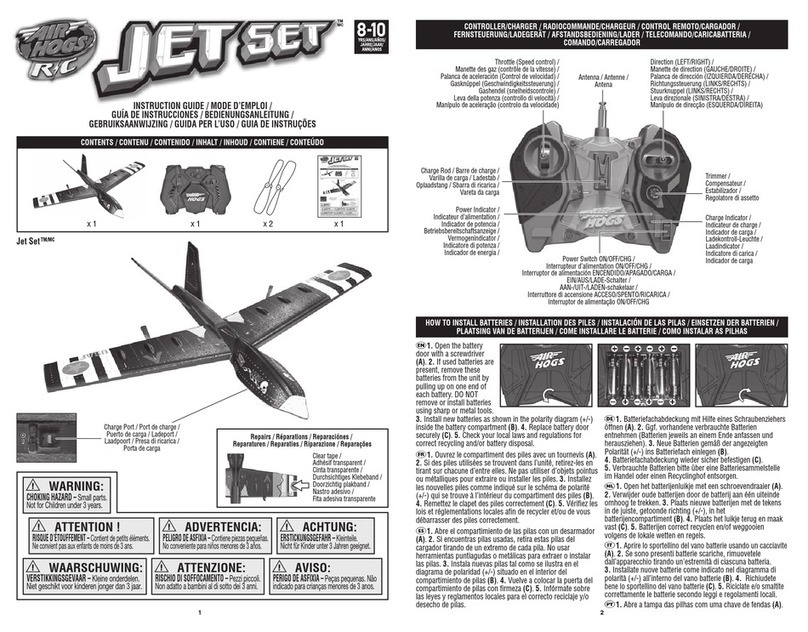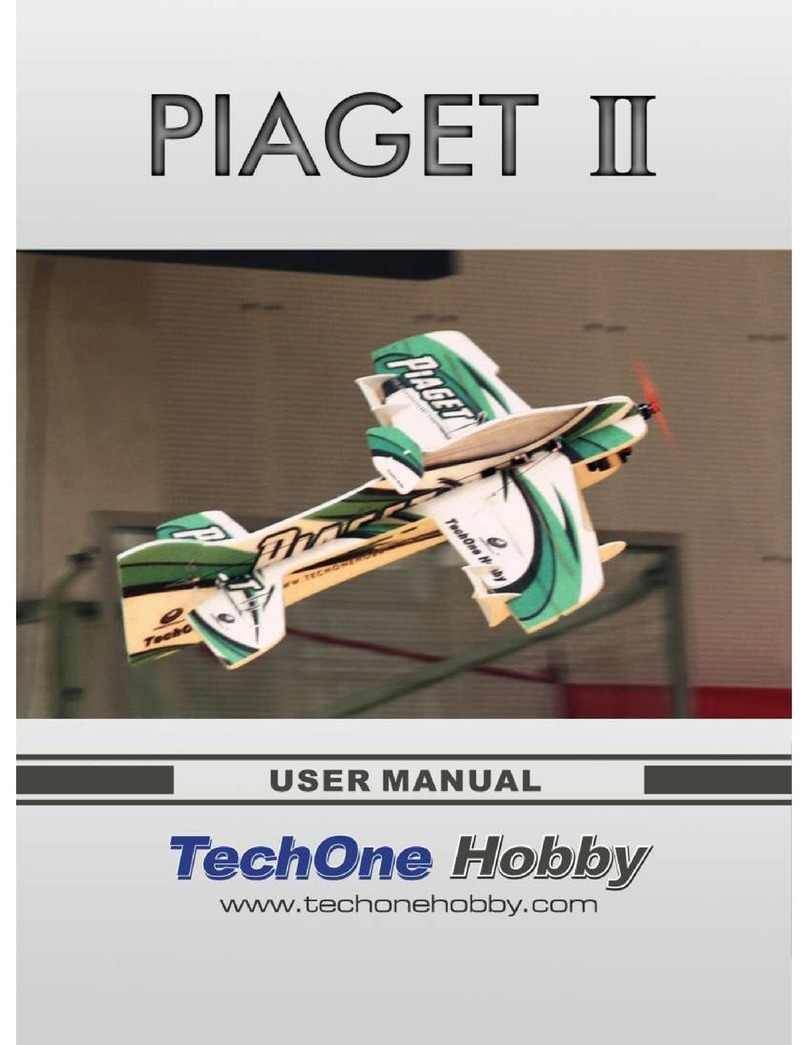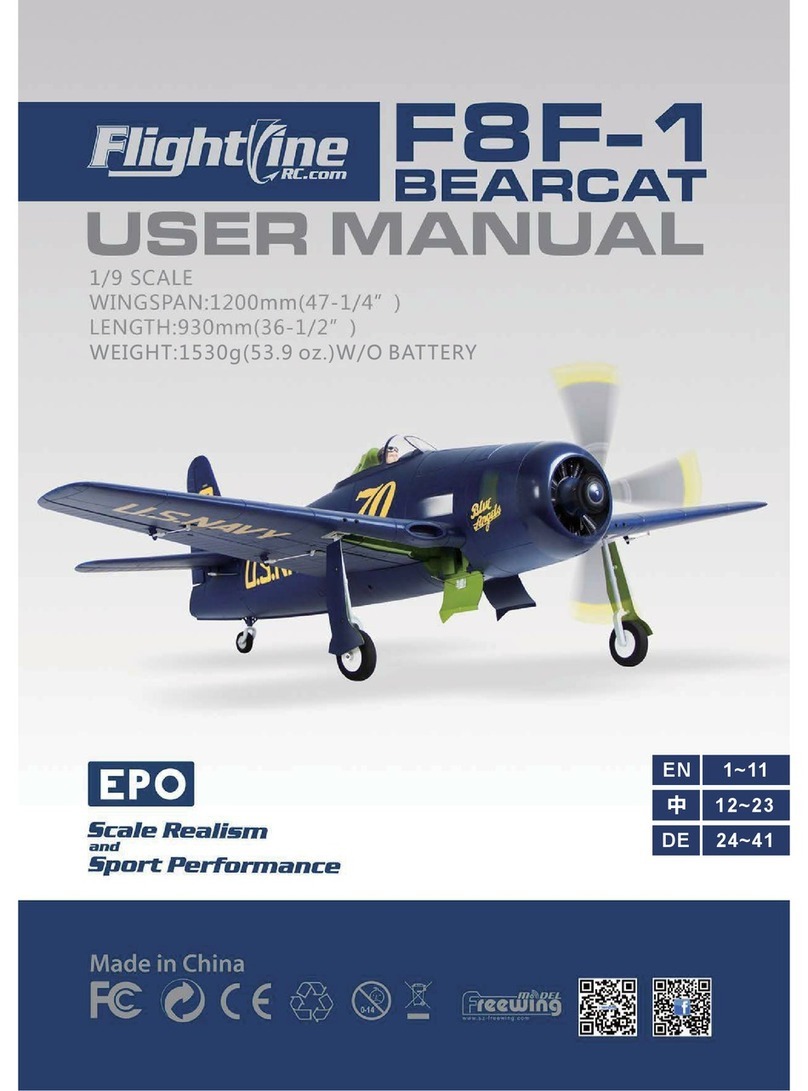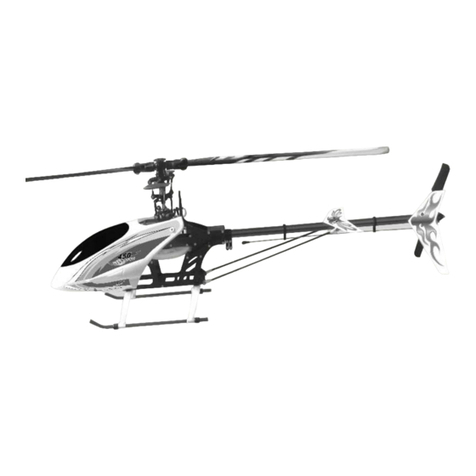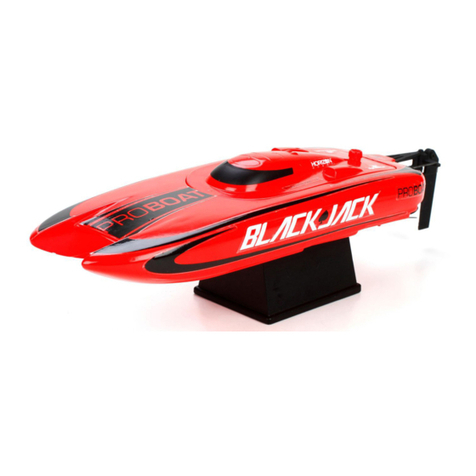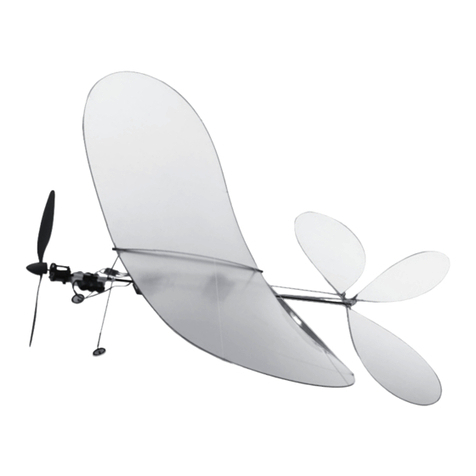
ment our products or information in your own
setting, you do so at your own risk. In no event
will GLR be liable to you for any damages aris-
ing from your use or, your inability to use our
products or information, including any lost or
damaged property, or other incidental or conse-
quential damages, even if GLR has been ad-
vised of the possibility of such damages, or for
any claim by another party. Lack of care can be
dangerous. By purchasing our materials you
agree to the above conditions and to use our
products at your own risk. You must abide by
the following safety guidelines: (for more info,
see www.tripoli.org The following is a con-
densed version of the NAR/TRA HIGH
POWER SAFETY CODE. The complete code
can be found in the handbooks of the organiza-
tions. 1. Only a person who is a certified flyer
shall operate or fly a high power rocket. 2.
Must comply with United States Code 1348,
"Airspace Control and Facilities", Federal Avia-
tion Act of 1958 and other applicable federal,
state, and local laws, rules, regulations, statutes,
and ordinances. 3. A person shall fly a high
power rocket only if it has been inspected and
approved for flight by a Safety Monitor for com-
pliance with the applicable provisions of this
code. 4. Motors. 4.1 Use only certified com-
mercially made rocket motors. 4.2 Do not dis-
mantle, reload, or alter a disposable or expend-
able high power rocket motor, not alter the com-
ponents of a reloadable high power rocket mo-
tor or use the contents of a reloadable rocket
motor reloading kit for a purpose other than
that specified by the manufacture in the rocket
motor or reloading kit instructions. 5. A high
power rocket shall be constructed to withstand
the operating stresses and retain structural integ-
rity under conditions expected or known to be
encountered in flight. 6. A high power rocket
vehicle intended to be propelled by one or more
high power solid propellant rocket motor(s)
shall be constructed using lightweight materials
such as paper, wood, plastic, fiberglass, or,
when necessary, ductile metal so that the rocket
conforms to the other requirements of this code.
7. A person intending to operate a high power
rocket shall determine its stability before flight,
providing documentation of the location of the
center of pressure and center of gravity of the
high power rocket to the Safety Monitor, if re-
quested. 8. Weight and Power Limits. 8.1 En-
sure that the rocket weighs less than the rocket
motor manufacturer's recommended maximum
liftoff weight for the rocket motor(s) used for
the flight. During pre-flight inspection, The
Safety Monitor may request documentary proof
of compliance. 8.2 Do not install a rocket mo-
tor or combination of rocket motors that will
produce more than 40,960 newton-seconds of
total impulse (4.448 newtons equals 1.0
pound). 9. Recovery. 9.1 Fly a high power
rocket only if it contains a recovery system that
will return all parts of it safely to the ground so
that it may be flown again. 9.2 Install only
flame resistant recovery wadding if wadding is
16





















